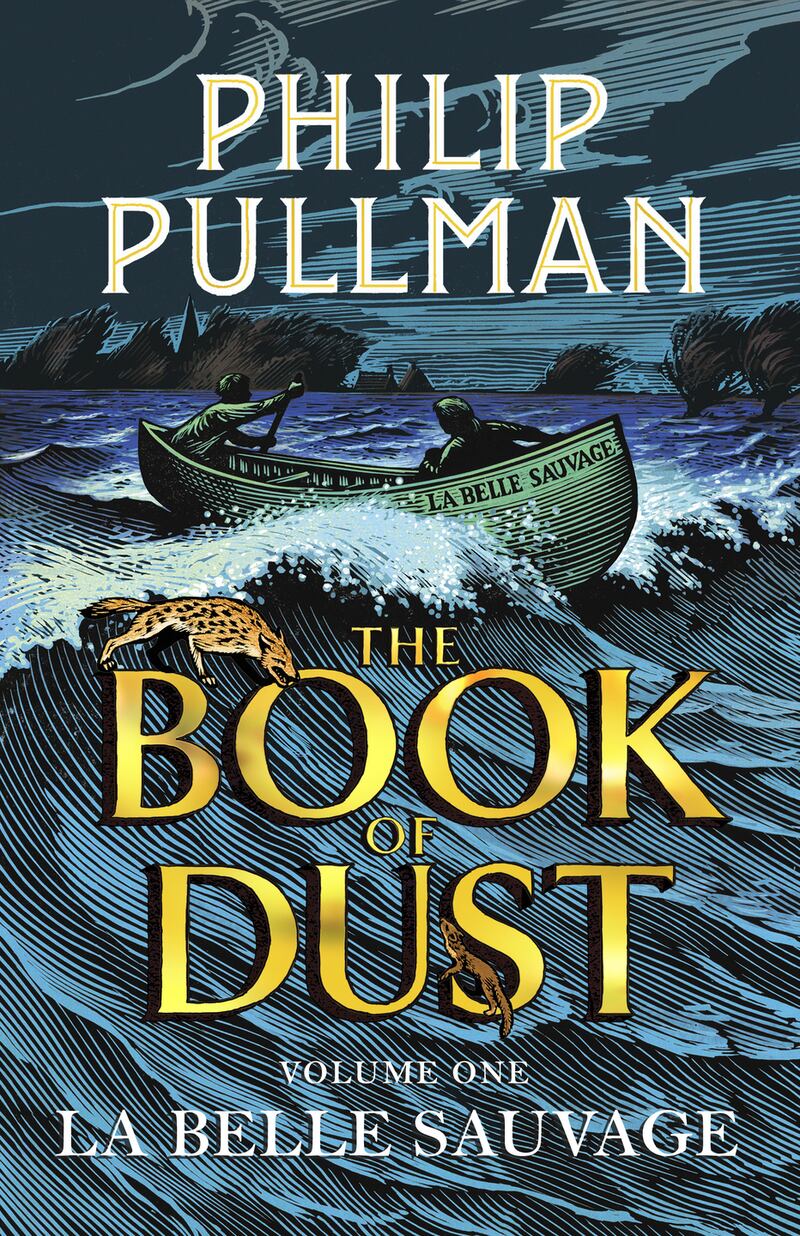Twenty-two years after the publication of Northern Lights, Philip Pullman returns to the epic parallel world of His Dark Materials in La Belle Sauvage, the first volume of The Book of Dust.
Pullman described The Book of Dust as neither a sequel nor a prequel but an equel to His Dark Materials. Nevertheless, it is a story underpinned by the same concerns of its predecessor with religion, science and politics.
Readers are reintroduced early on to familiar characters, plot lines and themes. There is discussion of Lyra’s parents, Lord Asriel and Mrs Coulter; the Magisterium and its political power; the nature of Dust; the mysteries of the alethiometer; and the relationship between humans and their dæmons.
While La Belle Sauvage starts with recapitulation, and less dramatically than its predecessor – who can forget the bold opening line of Northern Lights: "Lyra and her daemon moved through the darkening Hall, taking care to keep to one side, out of sight of the kitchen" – it gains momentum.
As he did in His Dark Materials, Pullman draws on a vast array of literary sources, including Greek and Celtic mythology, the Bible and The Faerie Queene, to shape a story that is primarily driven by action and adventure.

Set in Pullman's alternative Oxford, the work introduces a memorable 11-year-old protagonist, Malcolm Polstead, who inadvertently – at least at first – finds himself caught up in a mystery that involves the infant Lyra. When a catastrophic flood sees Malcolm forced to take up the role of Lyra's protector, La Belle Sauvage comes into its own. Malcolm's thrilling journey of discovery and self-discovery is evidence of Pullman at his best and will whet the appetites of readers for the next two volumes of The Book of Dust.
- Keith O'Sullivan, who lectures in the School of English at Dublin City University, completed his doctorate on His Dark Materials. His full review of La Belle Sauvage will be published on October 28th


















